Hardwood floors have been a staple in many homes since even before colonial America. When picturing the interior of historic residences, you likely envision rooms with shiny wooden floors (and maybe an oriental rug). In reality, hardwood floors had much humbler beginnings, and they weren’t even polished until nearly the twentieth century.
Humble Beginnings: Early Hardwood Flooring History
The first hardwood floors in colonial America were made of wide planks cut from New England’s ancient forests. The old age and enormous size of the trees meant the planks were thicker and tighter-grained, so the lumber was harder and more durable than it is today.
Milling timber into lumber was not as easy back then as it is now. Today, we have the luxury of machine saws and lumber mills. Way back at the beginning of hardwood flooring history in the seventeenth and eighteenth century, two men had to pit-saw each log into planks. One would stand in a pit (hence the name of the method) beneath a large log while another man stood above it. Carefully following chalk lines that indicated where to cut, they pulled at opposite ends of a long-bladed manual saw. They finished the planks with square edges, laid them on the floor of the home, and nailed them down. These bare, unfinished floors eventually softened with traffic over years of use.
Hardwood Progress: Wood Flooring Meets the Industrial Revolution
By the middle of the nineteenth century, hardwood flooring history began to brighten. The early 1800s still weren’t pretty, seeing as lumbermen still had no way of finishing hardwood floors or eliminating flaws such as knots and splinters. Fortunately, the recent invention of the power loom facilitated a boom in carpeting and rug-making, making it more affordable for the rapidly expanding middle class. You might have thought wall-to-wall carpeting only became popular in the modern era, but its beginnings actually date to the early eighteenth century when it was necessary to cover hardwood floors. Some wealthier homeowners at this time curated parquet flooring in their public rooms, but this phenomenon was reserved for the upper class only.
Along with the power loom, the Industrial Revolution also brought the steam engine – which meant woodworking machinery could mass-produce finished planks. Lumber mills could set lengths and widths for plank production, allowing for quicker and easier installation as well as a more finished appearance.
In the mid-1800s, lumber mills also began engineering tongue-and-groove floorboards – the technology that joins boards together lengthwise by fitting a protruding “tongue” from one board into a “groove” on the connecting plank. This innovation allowed nails to go through the tongue, thereby hiding nail holes and creating a fluid, unmarred surface. It also minimized the potential for boards to curl in extreme humidity and temperature changes and permitted for narrower planks of roughly six to eight inches in width.
Shiny, Happy Flooring: Hardwood Flooring in the Modern Era
What comes to mind when we think of hardwood flooring didn’t actually exist until the end of the eighteenth century. The upper class initially utilized polished hardwood in kitchens as well as rooms they used for entertaining, but by the turn of the century, the popularity of finished hardwood flooring spread to bedrooms and other private quarters of the home.
Changing home fashion also contributed to the rising popularity in hardwood flooring. The premier figureheads of fashionable home décor at the time, Charles Locke Eastlake and William Morris, set aside usual fascinations with plush Renaissance and neoclassical influences in favor of Oriental influences. Eastlake also promoted the use of hardwood instead of carpets because oriental rugs could be taken outside and beaten, thereby turning flooring into a matter of health consciousness.
By the beginning of the 20th century, hardwood flooring history was reaching its peak. White oak, maple, chestnut, black walnut, and fir species were milled into two- to three-inch wide boards. Installation was still much more difficult than it is today, as power sanders had not yet replaced hand-scraping methods. Hardwood flooring history did take a turn toward modernity, however, when lumbermen began finishing the floors with coats of orange shellac and then waxing them. At the time, this was considered a maintenance practice – varnish and polyurethane did not appear until the early 1900s. Wood floors often went unstained, and the historic ones seen today are dark because of how the varnish has aged.
The mid-1900s saw a synchronization between manufactured materials and the concept of “modernity,” thereby all but obliterating the popularity of hardwood flooring. With revived interest in Victorian and Craftsman fashion in the late twentieth century, hardwood flooring history reached yet another turning point as lumber again became a popular option for fashionable flooring. Styles may come and go, but hardwood flooring seems to have retained a long-lasting appeal over time.

